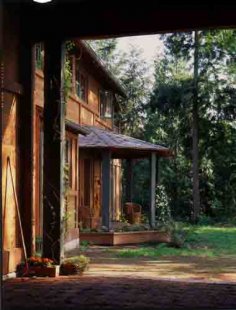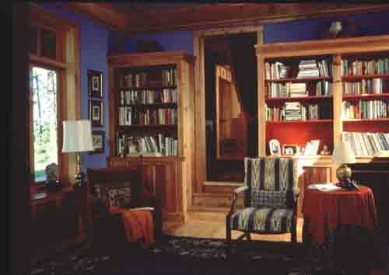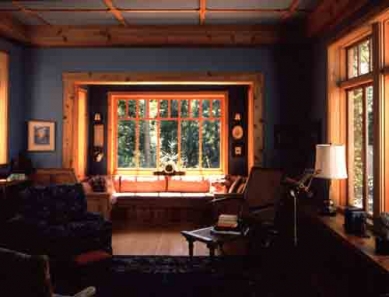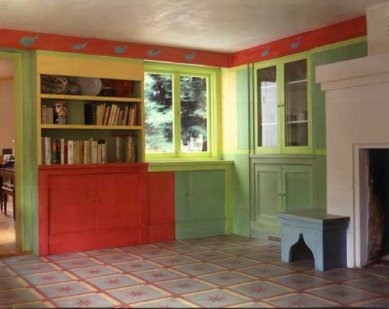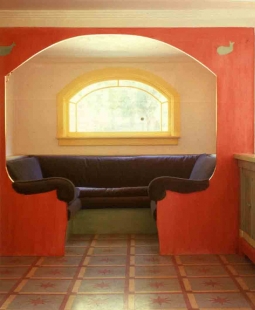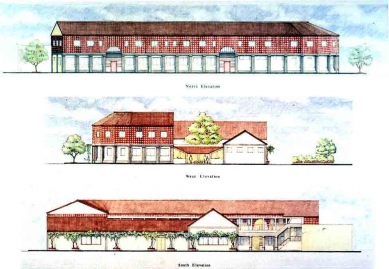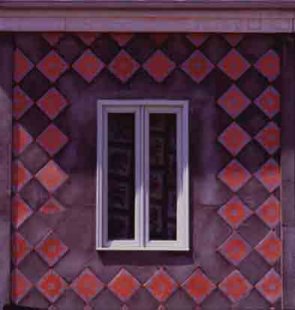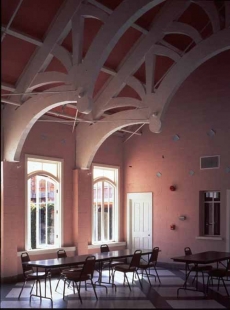 |
Driehaus Award
2003 - Léon Krier
2004 - Demetri Porphyrios
2005 - Quinlan Terry
2006 - Allan Greenberg
2007 - Jaquelin T. Robertson
2008 - Andrés Duany and Elizabeth Plater-Zyberk
 |
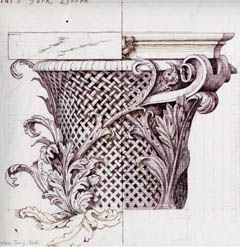 |
| Corinthian capital by Francis Terry |
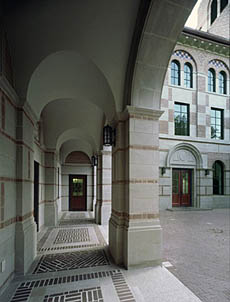 |
| Allan Greenberg: Humanities Building, Rice University, Houston |
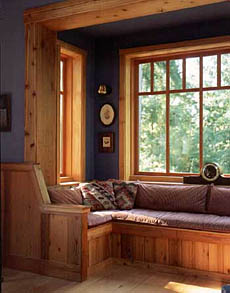 |
| Christopher Alexander: The Medlock House, Whidbey Island (© patternlanguage.com) |
